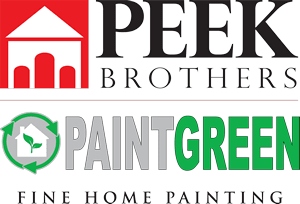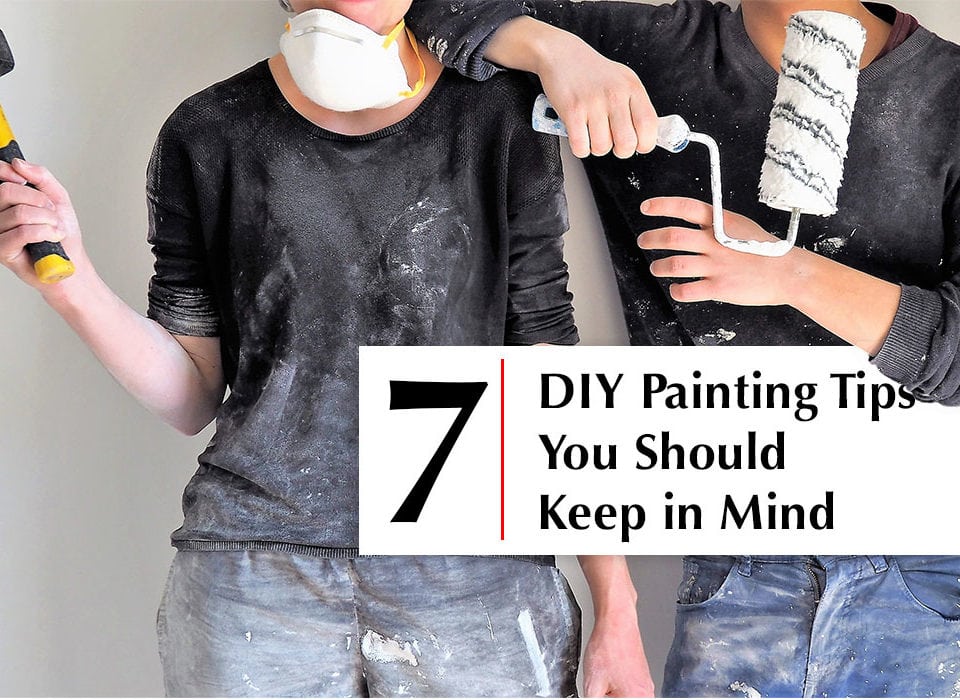7 Painting Shortcuts That Will Cost You Long Term

Top 7 Benefits of Painting Your Home’s Exterior
October 27, 2018
Color Choices for Your Interior Painting Project
November 10, 2018All painting projects, small or small, require thorough preparation and attention to detail. Every homeowner will agree that building a house on a cracked foundation is a recipe for disaster. But some of them will have no trouble painting over peeling or chipped paint. ‘After all, it’s just paint’, they might reason.
Taking shortcuts leads to a disappointing paint job that won’t last long –especially if you’re dealing with exterior house painting. You will have to do the home repainting sooner than you should have and definitely spend more in the long run. Here are some of the shortcuts you should avoid on your next painting project.
- Painting a dirty surface
Painting on dirty surfaces is one of the most common painting shortcuts people make. If your surface has minor stains, it’s typically not a problem, however, accumulated debris, dirt and sand can be problematic.
Other than clogging your brush and paint with sludge, the paint won’t be able to pass through the debris to give your surface a smooth, even finish. You will eventually remain with “bald” spots when the dirt finally washes away. Thorough washing and rinsing before you apply the paint will give better results.
- Painting over chipped and peeling paint
Peeling and cheeping of the old paint is a common occurrence as your painted surfaces age. When this happens, no amount of hope will re-tach the peeled paint back –not even another layer of paint. It’s like trying to install a new layer of tiles on top of old and loose tiles –when the old tiles let go, they come off with the newly installed layer of tiles. The best thing to do here is to scrape and sand the surface you need to paint. This will remove loose chips and allow the new coat of paint to adhere firmly.
- Painting Over Unprimed Patches
The problem with most patching compounds is that they leave a foggy spot on the painting wall when you paint over it. Painters call this ‘flashing,’ and it’s ugly. Flushing can be avoided in two ways. First, you can prime over the patched area with a sealing-type primer. The next method is to use a self-priming patching compound. Generally, a primer can help you conceal stains or make transitioning from a darker to a lighter color much easier.
- Painting Over Partially Dried Paint
A proper paint job –whether it’s exterior painting, interior painting, cabinet painting or a simple front door refinishing –requires patience. We understand you might be squeezed for time and want the job done as quickly as possible, but painting over another paint or surface that has not fully dried is not the answer you’re looking for.
The worst case scenario is that partially dried paint will start to come off into your roller or brush, creating a real mess. And even if this doesn’t happen, the new paint will have trouble adhering to a surface that has partially dried paint. Closely follow the drying time instructions indicated on the paint can.
- Not Sanding Walls
This step is specifically important if you’re painting a lumpy surface. Sanding helps you get rid of roller lint, bumps and other crude left from previous paint jobs. Most walls will need a drywall sanding pole and 80- or 100-grit drywall sanding paper. A handheld sanding block can also be used, but it will take longer if you’re doing interior or exterior painting.
- Trying to Cover in One Coat
Some homeowners have tried to apply a thick layer of paint in an attempt to save time, which is a bad idea. For starters, a single coat rarely covers well. And applying a thick coat will take too long to dry. Try applying two thin layers instead
- Not hiring a Pro
While I agree that some small, less complicated tasks can make use of the DIY approach, serious and delicate painting projects such as exterior and interior home painting and staining, cabinet painting, cabinet refinishing, commercial repaint, etc. should always be left to a repainting specialist. Attempting these jobs when you have no skills, experience, and equipment required will not only take longer and produce poor results, but can also be dangerous.
In short, what we’re trying to say is there’re no shortcuts when it comes to any type of painting –at least not when you’re expecting attractive results. Remember, if you make a mess during a painting project, you will be seeing it every day. So we strongly suggest that you stick to the process or hire a pro for reliable, durable and quality results.





